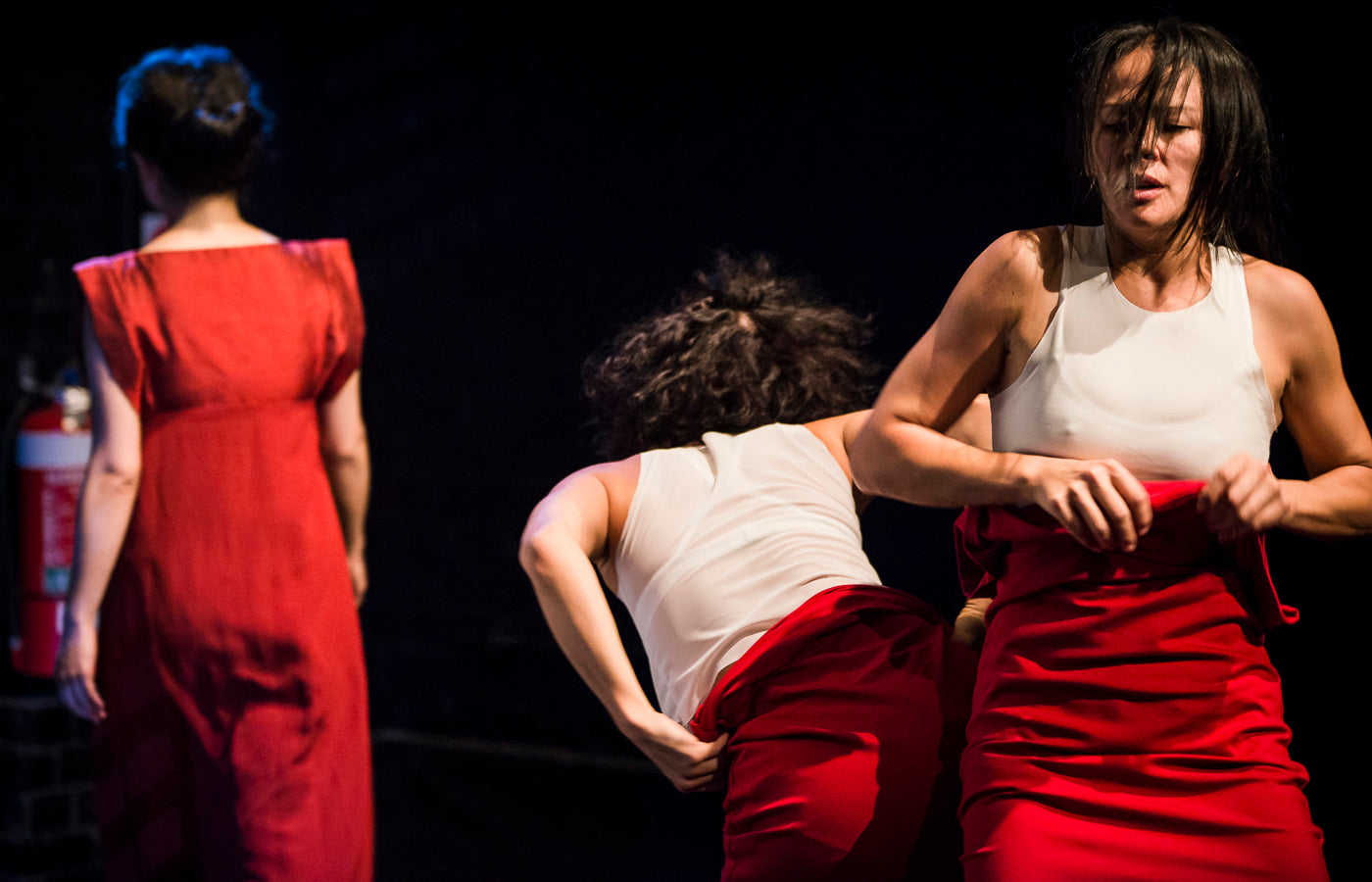Audacity of Dance
If there’s anybody who embodies ‘rizz’—charisma in today’s coolspeak—it’s dancer, choreographer, and filmmaker Benjamin Millepied.
Continue Reading
World-class review of ballet and dance.
Dancehouse, Melbourne's longstanding centre for contemporary dance, will host dance maker and dance photographer Gregory Lorenzutti's inaugural Australian exhibition, “Dance is My Landscape” from June 12-14. More than one hundred of the Brazilian-born artist's images will occupy all three floors of the Carlton North dance institution, in a unique display dedicated to the art of capturing motion.

Victoria Chiu's “Do You Speak Chinese?” Photograph by Gregory Lorenzutti


“Uncommonly intelligent, substantial coverage.”
Already a paid subscriber? Login
If there’s anybody who embodies ‘rizz’—charisma in today’s coolspeak—it’s dancer, choreographer, and filmmaker Benjamin Millepied.
Continue ReadingOne might easily mistake the prevailing mood as light-hearted, heading into intermission after two premieres by Brenda Way and Kimi Okada for ODC/Dance’s annual Dance Downtown season. Maybe this is just what we need to counter world events, you may think. But there is much more to consider beneath the high production values of this beautifully wrought program. Okada, for instance, folds a dark message into her cartoon inspired “Inkwell.” And KT Nelson’s “Dead Reckoning” from 2015 reminds us the outlook for climate change looms ever large.
Continue ReadingIt’s not every choreographer who works with economists, anthropologists, neuroscientists and cognitive scientists, not to mention collaborating with the Google Arts & Culture Lab and the Swedish pop group ABBA, but Wayne McGregor wouldn’t have it any other way.
Continue ReadingDance scholars have been remarking on the great Trisha Brown nearly from the day she first stepped into Robert Dunn’s class—the genesis of Judson Dance Theater—in the 1960s.
FREE ARTICLE
comments